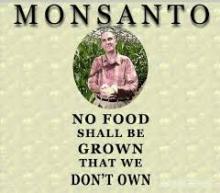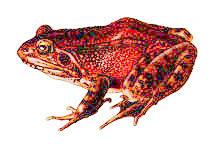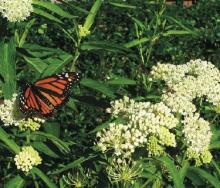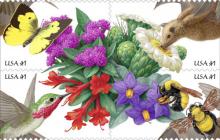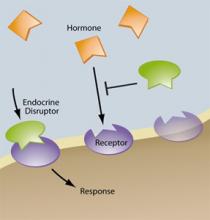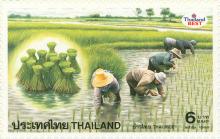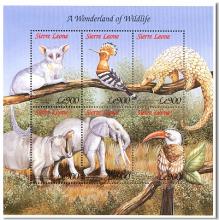Belligerent strongman seeks control of America’s food supply
It began in the mid-’90s, when Monsanto developed genetically modified (GM) crops such as soybeans, alfalfa, sugar beets, and wheat. These Franken-crops were immune to its leading weed killer, Roundup. That meant that farmers no longer had to till the land to kill weeds, as they’d done for hundreds of years. They could simply blast their entire fields with chemicals, leaving GM crops the only thing standing. Problem solved. The so-called no-till revolution promised greater yields, better profits for the family farm, and a heightened ability to feed a growing world. But there was one small problem: Agriculture had placed a belligerent strongman in charge of the buffet line.

